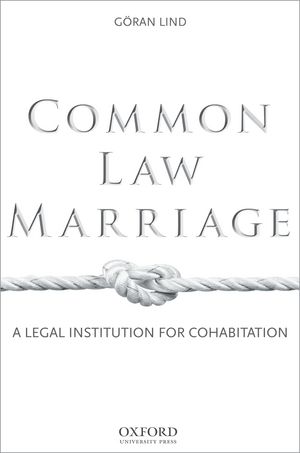
One of family law's greatest challenges within the 21st Century is facing the decreased rate of marriages and the increased number of unmarried co-habiting couples.
All over the world, lawmakers and courts have met this challenge with different legal solutions. Currently, eleven American jurisdictions recognize the doctrine of common law marriage, but for other jurisdictions have abolished the doctrine within the last fifteen years. Common Law Marriage presents a thorough legal history of common law marriage, from its origins to current law and possible future developments in law. Dr. Göran Lind researches current law by analyzing American cases, discussing the legal requirements for the establishment of a common law marriage, as to capacity, contract, implied agreement, cohabitation, holding out, and burdens of proof.
As Lind points out, due to the choice of law principles, courts all over the United States must decide on common law marriages on a case-by-case basis. As long as couples move from one state to another, individual state courts in the United States must apply the doctrine of common law marriage and decide if such a marriage has been established when a couple has lived in, or visited, a common law marriage state. Common Law Marriage provides an avid look at the level of expertise regarding the doctrine of common law marriage and expresses the evident need for guidance concerning it.